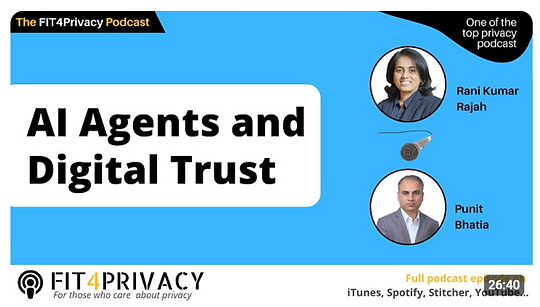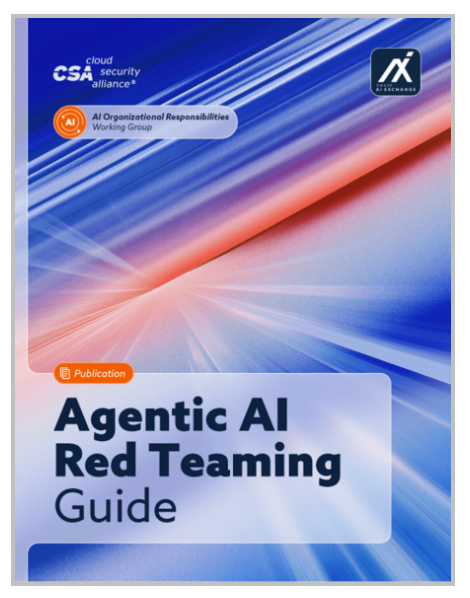Our AI Security comic
The Top 10 Dangers of LLMs
(based on OWASP)
This is our contribution to the community, aiming to help bridge the awareness gap.
We created this because we believe:
🧠 ꕤ AI Security knowledge shouldn't be limited to specialists
Each LLM security vulnerability is brought to life with:
🖼️ ꙰ A vibrant comic-style visualization
📖 ꕥ Plain-language explanations of complex threats
💥 ⚠️ Step-by-step breakdowns of how attacks unfold
🛡️ ⛬ Practical tips to prevent security risks
🧩 𖡡 A “Tech Decoder” for any tricky terms
Enjoy reading!
Our ebook
Check out our new AI Agents ebook!
The Architecture of Intelligence:
A Framework for Understanding AI Agent Systems" - our new eBook that explores AI agents across the capability spectrum, from reactive systems to autonomous decision-makers. If you're building, evaluating, or implementing AI agents, I hope these architectural insights help you avoid common pitfalls and build more effective systems.

Our podcasts
AI Agents and Digital Trust :
A discussion about the growing challenges of AI security and governance and covers the new risks AI agents bring—threats that go beyond traditional cybersecurity concerns. Securing AI requires a holistic approach, including strong risk management, security measures, compliance strategies, and asset protection. But AI safety isn’t just a responsibility for businesses—individuals must also increase their AI awareness to understand both the opportunities and risks that AI presents.

Our community contributions
Cloud Security Alliance: Agentic AI Red Teaming Guide
Agentic AI marks a major advance in artificial intelligence. Because these systems can plan, reason, act, and adjust on their own, they unlock new capabilities — and create fresh security risks. Conventional red-teaming approaches are inadequate for these more complex, autonomous environments.
This paper presents a comprehensive red-teaming framework tailored to Agentic AI. It describes how to probe high-risk areas such as permission escalation, hallucinations, orchestration weaknesses, memory manipulation, and supply-chain threats. Each chapter gives practical, step-by-step guidance to help identify risks and prepare responses.







